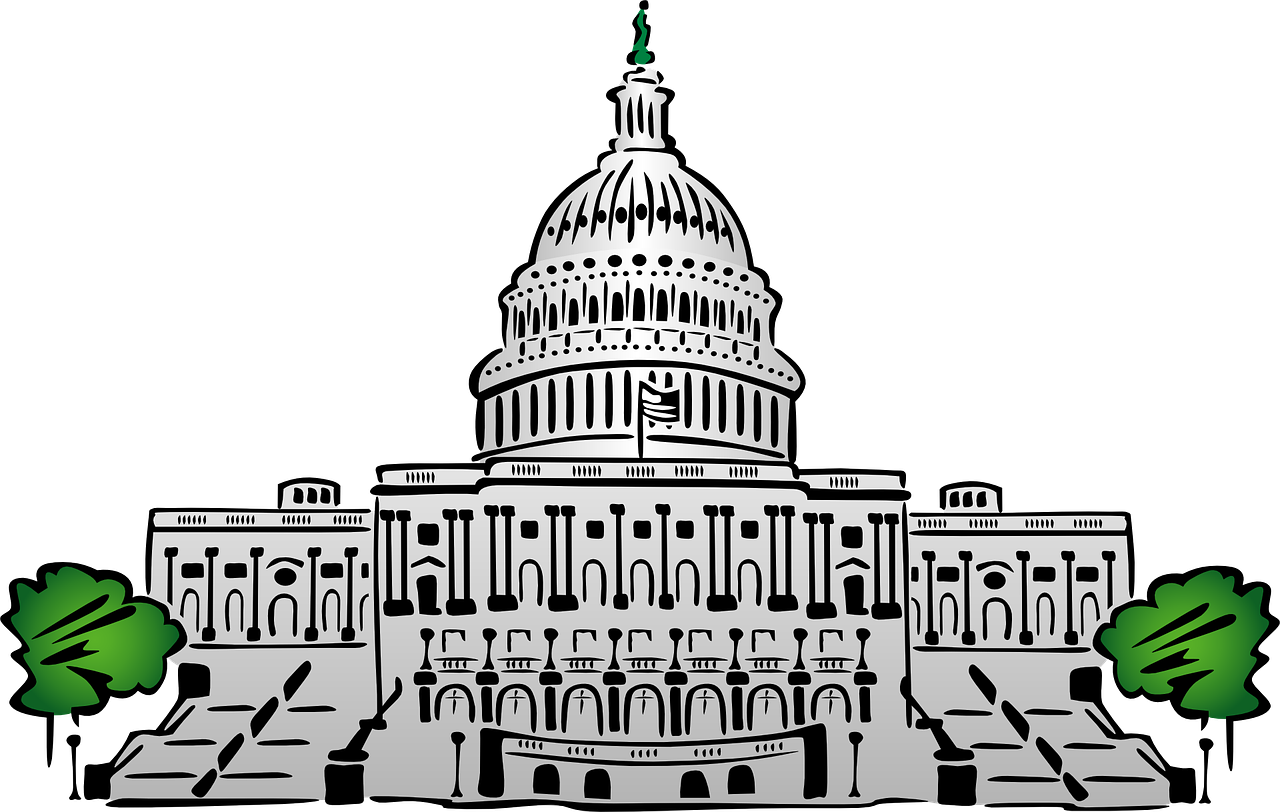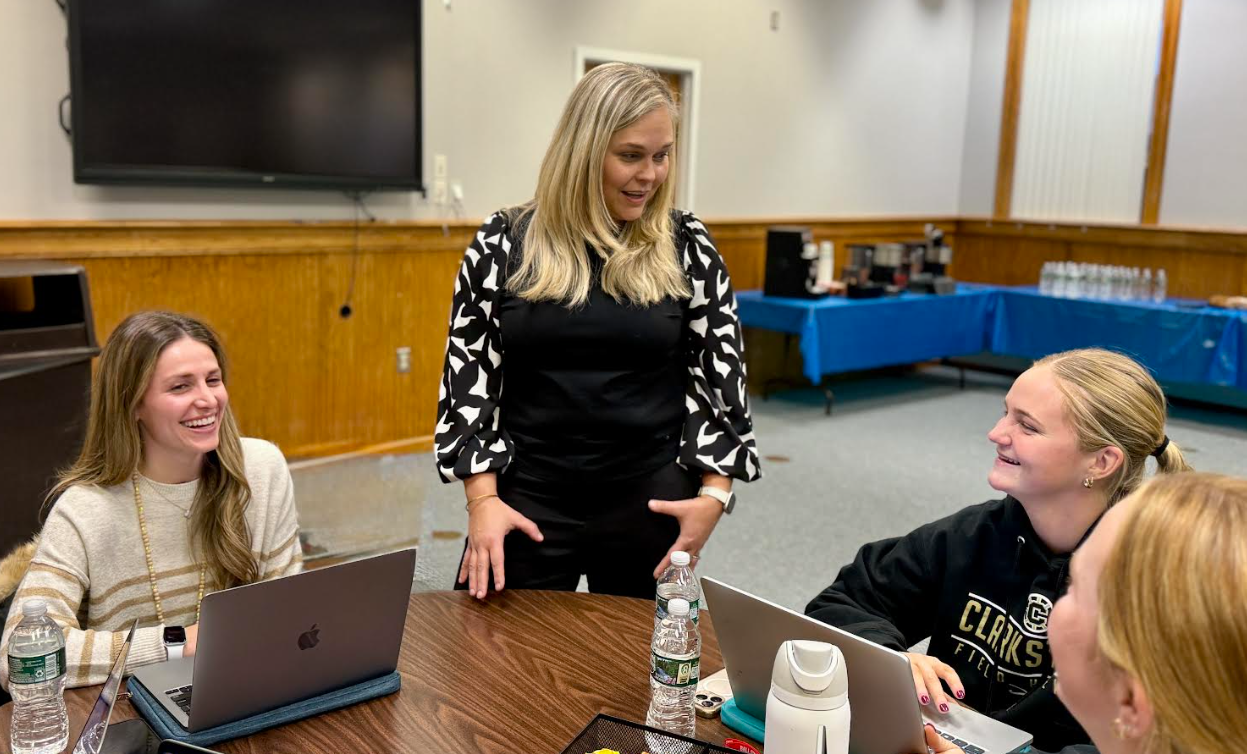How States and Districts Are Using ARPA Funds
The use of American Rescue Plan Act, or ARPA funds, has been varied across the nation

What does an iconic line from “Friends” and education have in common? According to a district leader in Iowa, it was the theme of the 2020-21 school year: “Pivot, pivot, pivot.”
It is only certain this will continue to be a theme as districts learn more about student learning gaps and decide how to address learning loss or accelerate learning with ARPA funds (American Rescue Plan Act). It’s also becoming clear that strategies for how to “pivot” or address the issues vary between state set-asides and district dollars.
District Uses of ARPA Funds
There are two schools of thought for district leaders when it comes to using the one-time federal funds from the American Rescue Plan Act in education. One is the acknowledgement that this is the largest influx of federal funds to districts since the creation of the U.S. Department of Education (USDE) and there is a real opportunity to use this lump sum to foster real change and innovation. The other acknowledges that these are, in fact, one-time funds, which means any dollars should not be used for recurring costs. Both schools of thought are valid, but it appears the former is what districts are thinking.
In a recent survey of more than 50 district leaders conducted by Trent Grundmeyer at Drake University, results showed that district leaders say they are primarily planning to focus on learning recovery, mental health, and flexible or virtual learning options. How districts are addressing these needs vary greatly from district to district but include payments to staff (bonus pay), the hiring of nurses and counselors, the hiring of more educators and/or reducing class size, technology and curriculum updates, and facility improvements. Almost all of these priorities listed in district plans include recurring costs.
When ARPA funds were first allocated, experts in the field assumed there would be a much greater emphasis on new learning models, professional development for technology, broadband connectivity, and enrichment for students.
These are still important for districts, but the first look at how funds are actually being doled out show that these dollars are going toward growing the number of positions within a district.
So how are districts providing for some of these other priorities? Enter the state.
Tools and ideas to transform education. Sign up below.
State Uses of ARPA Funds
State applications for the use of ARPA funds were due June 7, but only 23 submitted on time. Forty states now have a draft submitted, but many are still under review by the USDE. There is an astonishing $12 billion at the state level to address learning loss and other needs the state deems necessary. The plans submitted and approved by USDE have a clear indication that the states may be trying to take on much of the effort to address learning loss to free up more district funds to help improve mental health for their educators and offering them additional pay to thank them for the work they did in the past couple of years.
The requirement from Congress for states to spend 5% on addressing learning loss has led to states creating tutoring programs, providing training for educators, and supporting teachers who serve English language learners. This is a clear indication of prioritizing student learning with the state federal allocation dollars across the country.
With software as a service becoming the norm for almost everything that touches a classroom, both states and districts will have some hard decisions in three years once these dollars have been spent. Whether it’s technology services or paying staff, the district will have to either find creative ways to keep services or cut them loose completely.
Ultimately, it’s critical the districts keep “pivoting” in the next few years to ensure that they have funds available for the services and positions they need going forward post-pandemic.
Susan comes from a strong policy background as a former staffer in the United States Senate and Legislative Aide in the Iowa House of Representatives.
Along with experience at both federal and state levels, she served as the Deputy Executive Director for the Center for Digital Education, worked for a government relations firm in Arlington, VA and heavily worked on federal and state education policy at iNACOL, where she wrote published reports to move the field forward with innovative learning models, best practices, and policy recommendations.

